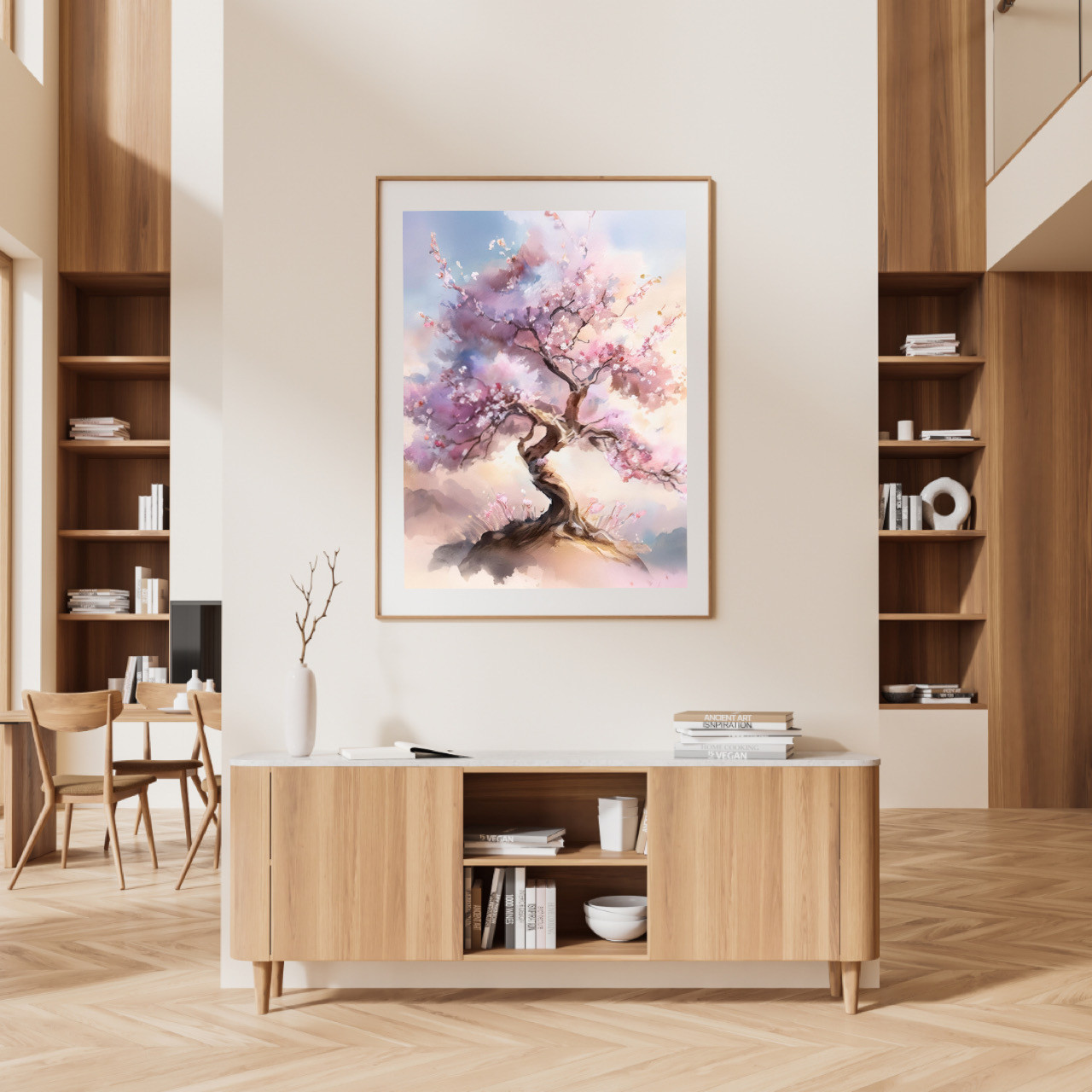Matching Indoor Plants with Art: A Guide
- MALT INCORPORATED

- 2月13日
- 読了時間: 2分
更新日:2月15日

Indoor plants and art both bring life and personality to your space. When combined thoughtfully, they can create a harmonious and visually appealing atmosphere. Here's how to make it work:
1. Consider the Style
Modern & Minimalist: Pair sleek, architectural plants like snake plants or ZZ plants with abstract art or geometric prints.
Bohemian & Eclectic: Opt for lush, leafy plants like monstera or fiddle leaf figs alongside vibrant, colorful art or textured textiles.
Classic & Traditional: Choose elegant plants like orchids or ferns and complement them with landscape paintings or still life art.
2. Play with Color
Complementary Colors: Pick plants with foliage that echoes or contrasts the colors in your art. For example, a plant with reddish undertones would pair nicely with art that features red or orange hues.
Neutral Backgrounds: If your walls are neutral, you have more flexibility. Use plants and art to add pops of color and visual interest.
3. Size and Scale
Balance: Make sure the size of your plants and art are proportional to the room and the wall space. A large, bold artwork can hold its own against a tall, leafy plant, while smaller pieces might get overwhelmed.
Focal Points: Use plants and art to create focal points in the room. A striking piece of art above a cluster of plants can draw the eye and create a sense of drama.
4. Placement
Light: Consider the light requirements of your plants when placing them near art. Direct sunlight can fade or damage some artwork, so it's best to avoid placing plants that need strong light directly in front of valuable pieces.
Grouping: Create visual interest by grouping plants and art together. You can arrange plants around a large artwork or create a gallery wall with smaller pieces interspersed with plants.
5. Think About Texture
Contrast: Combine plants with different textures and leaf shapes with art that has varying textures or visual depth. This creates a more dynamic and engaging display.
Repetition: Repeat textures or patterns found in your plants and art to create a cohesive look. For example, if your art features a lot of swirling lines, choose plants with rounded leaves.
Additional Tips
Use Plant Stands: Elevate your plants to different heights to create visual interest and make them more prominent.
Consider the Containers: Choose pots that complement the style of your art and the overall decor of the room.
Don't Overcrowd: Leave some breathing room between plants and art to avoid a cluttered look.
By following these tips, you can create a space that feels both inviting and stylish, with a perfect balance of nature and art.





コメント